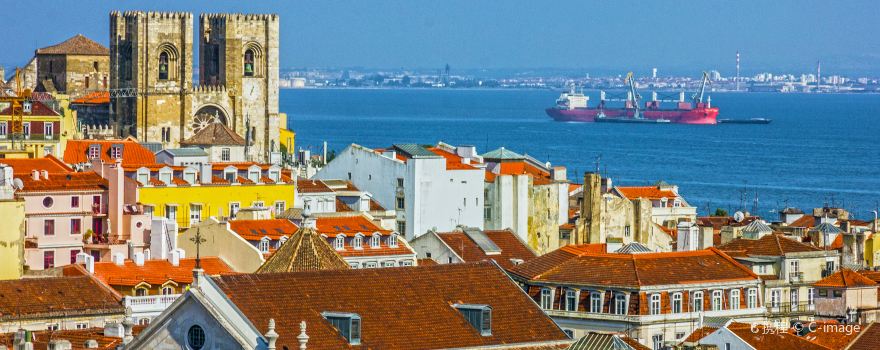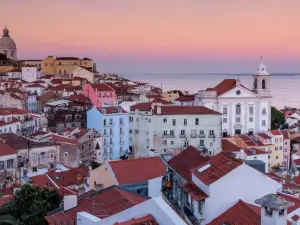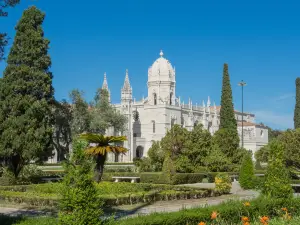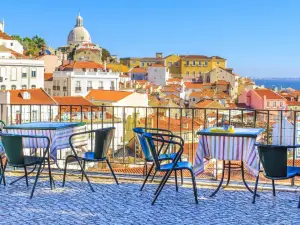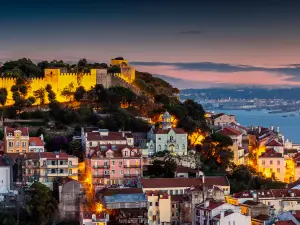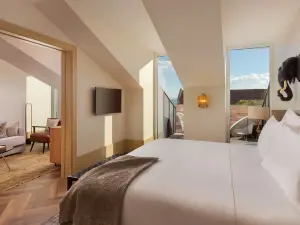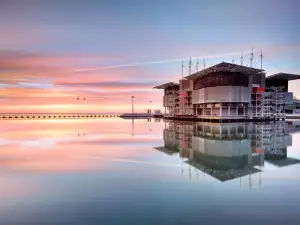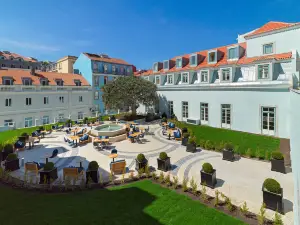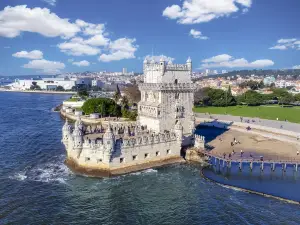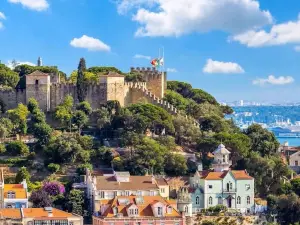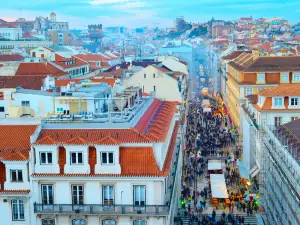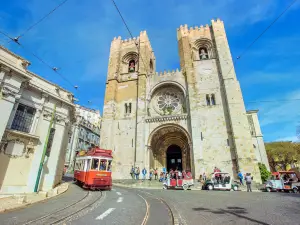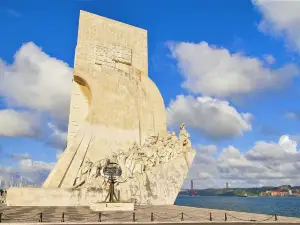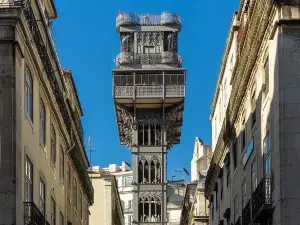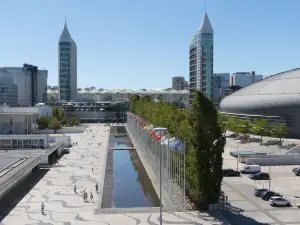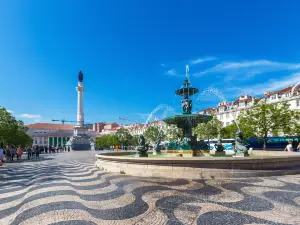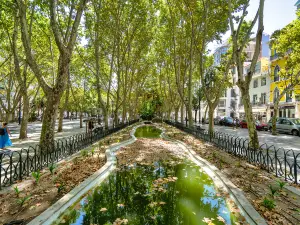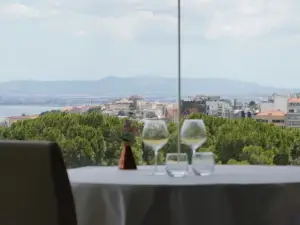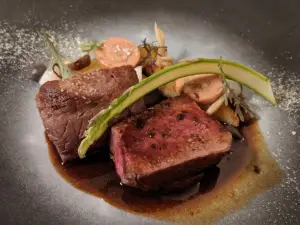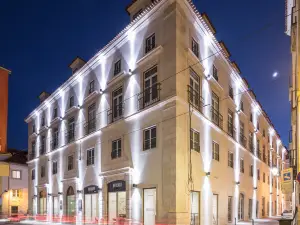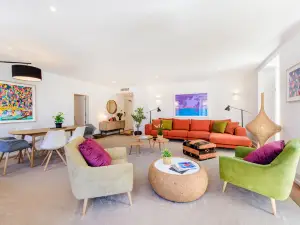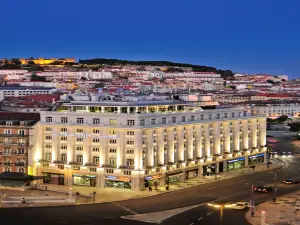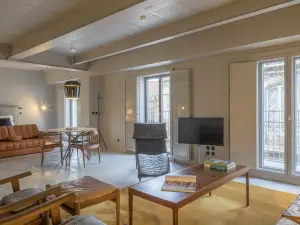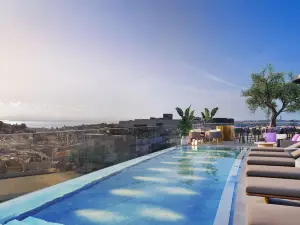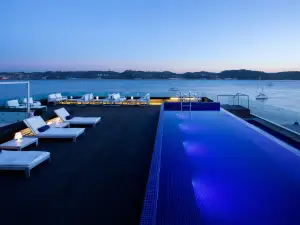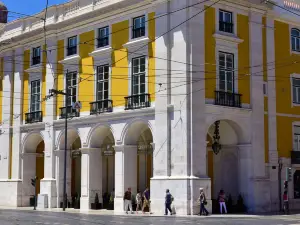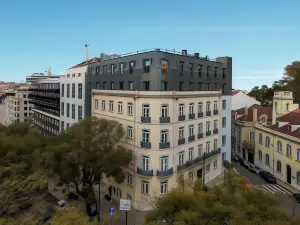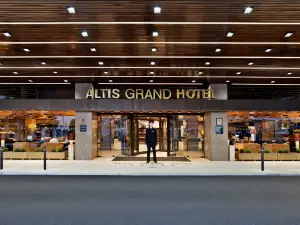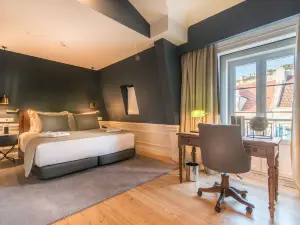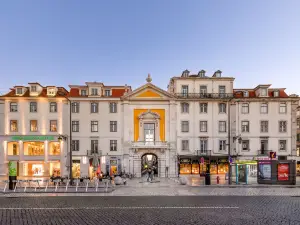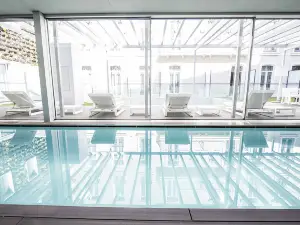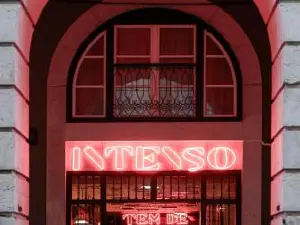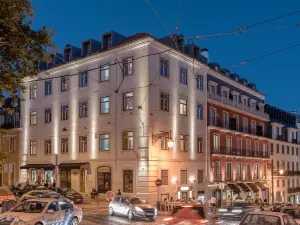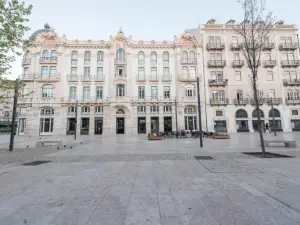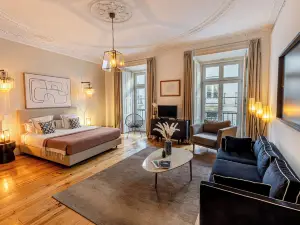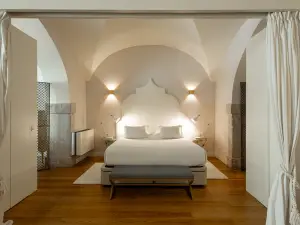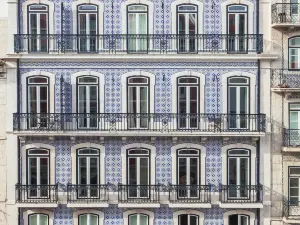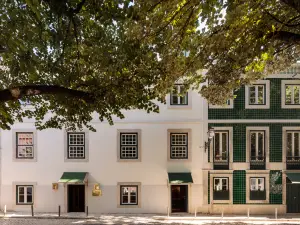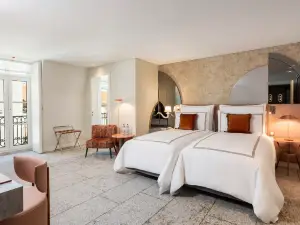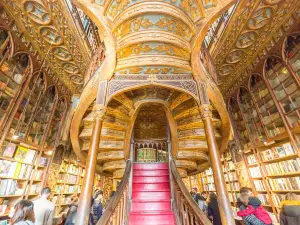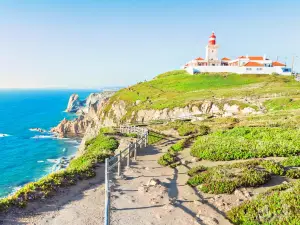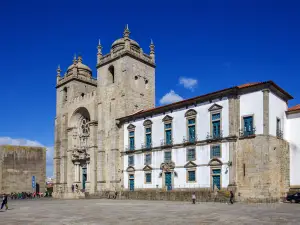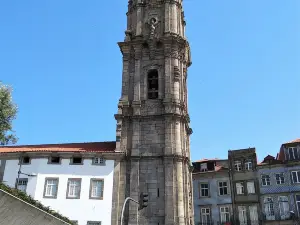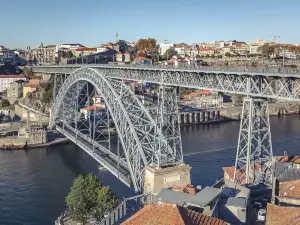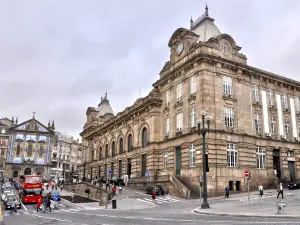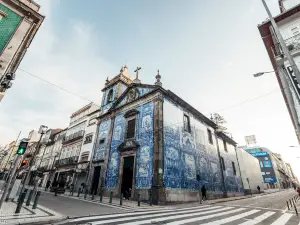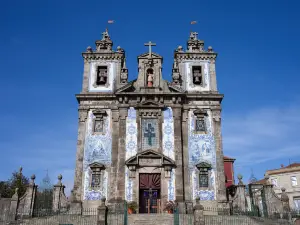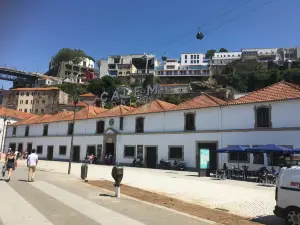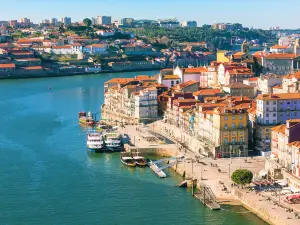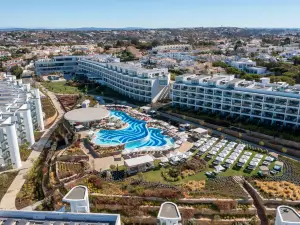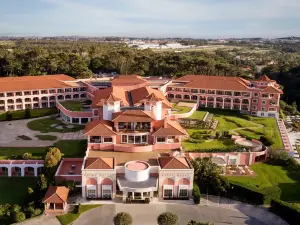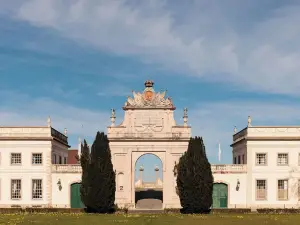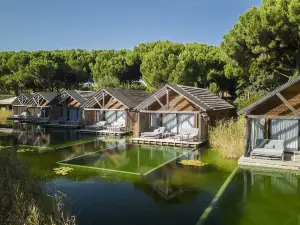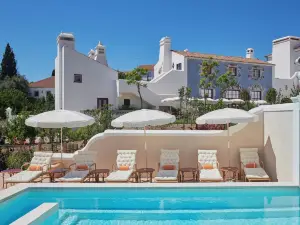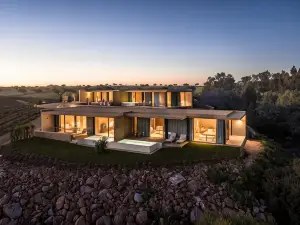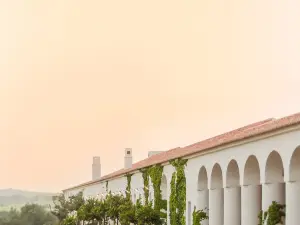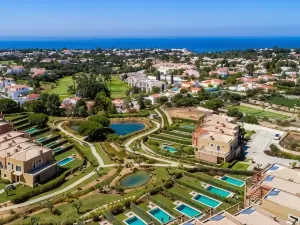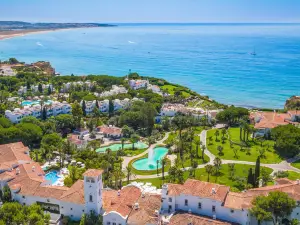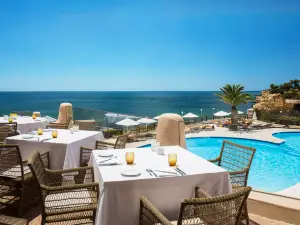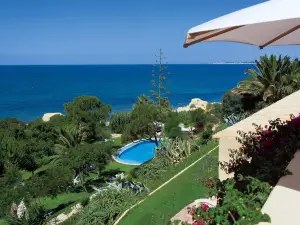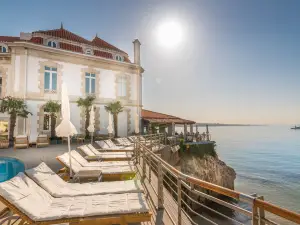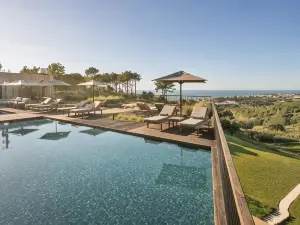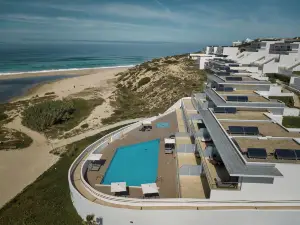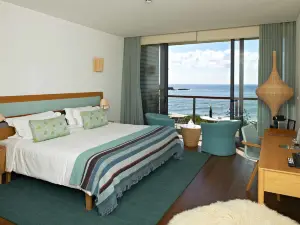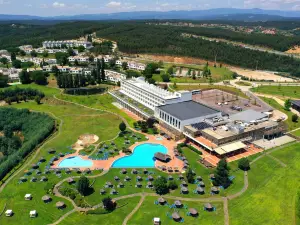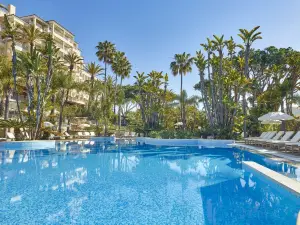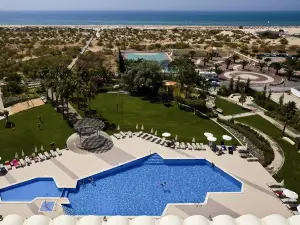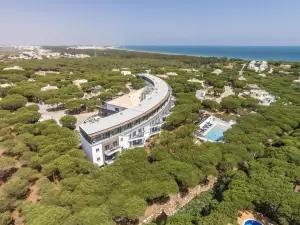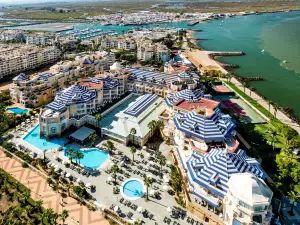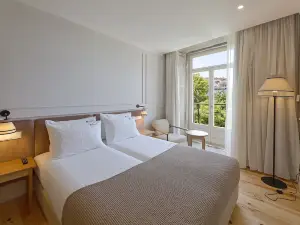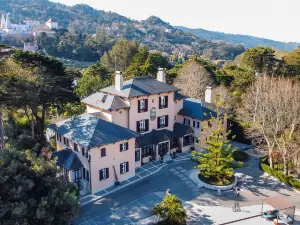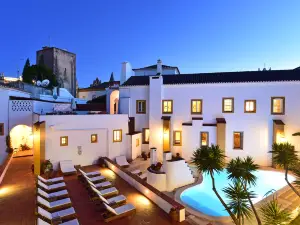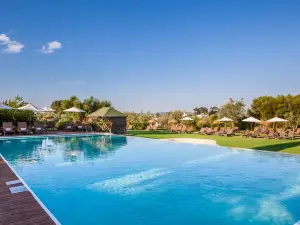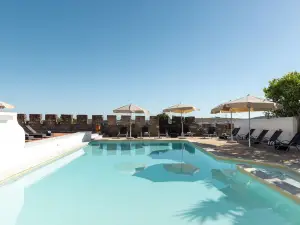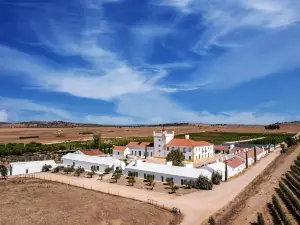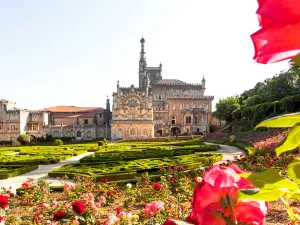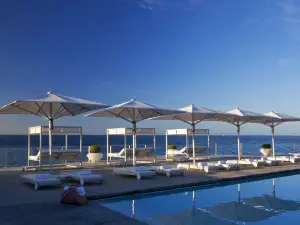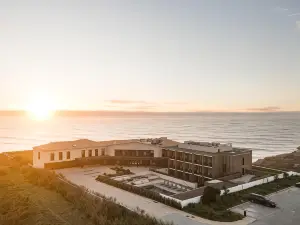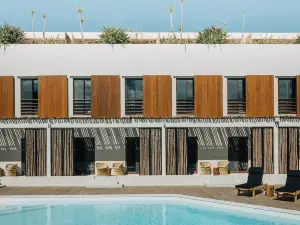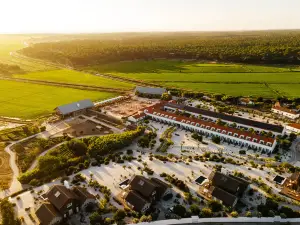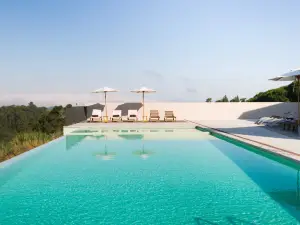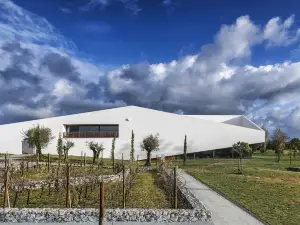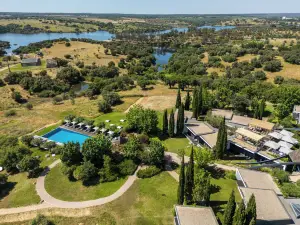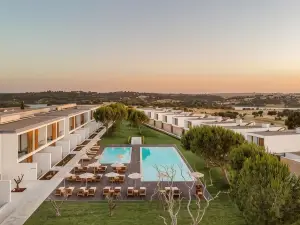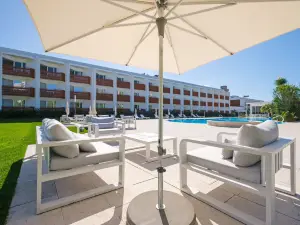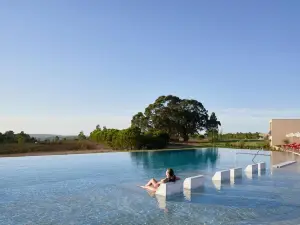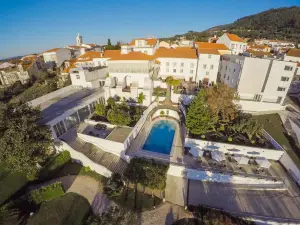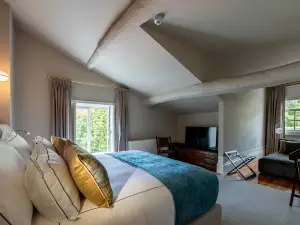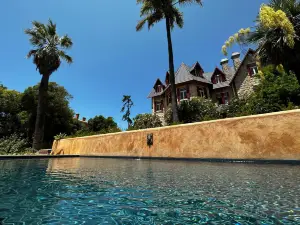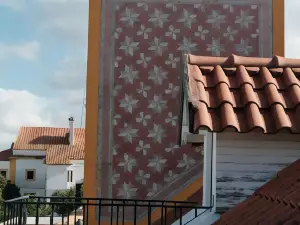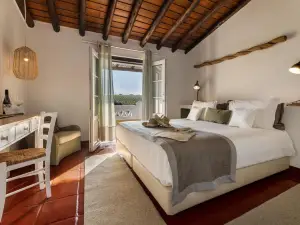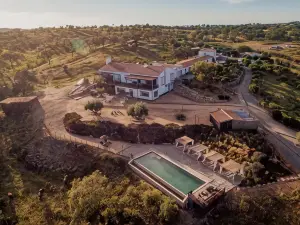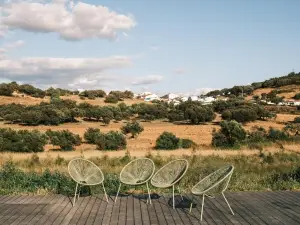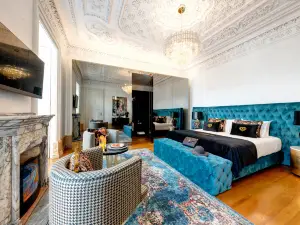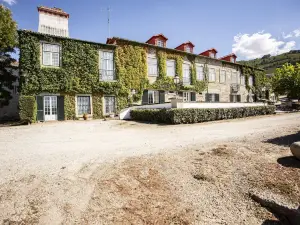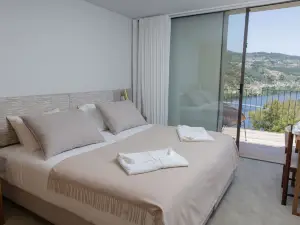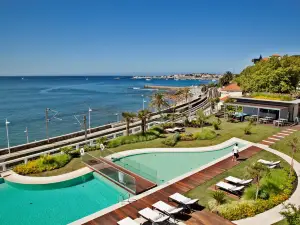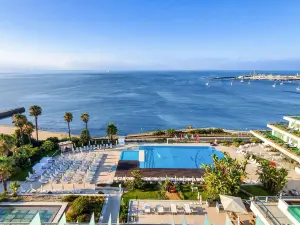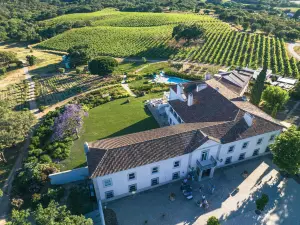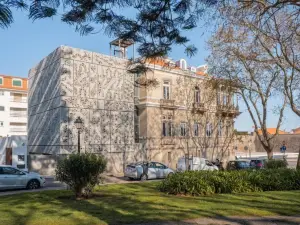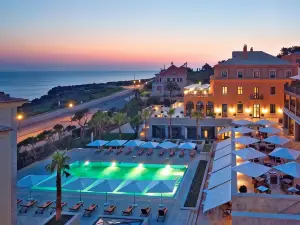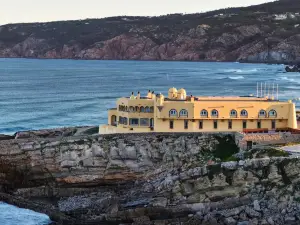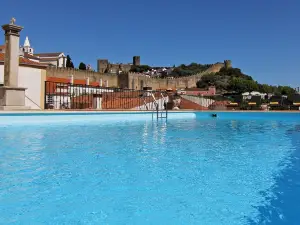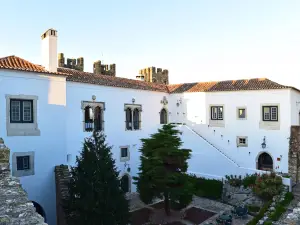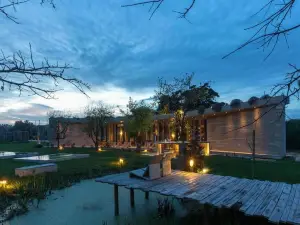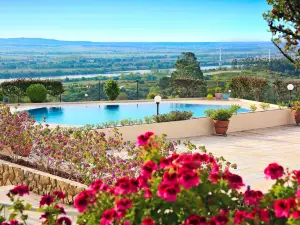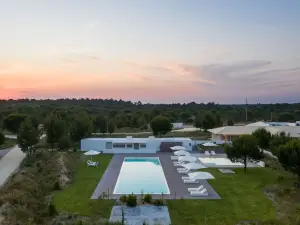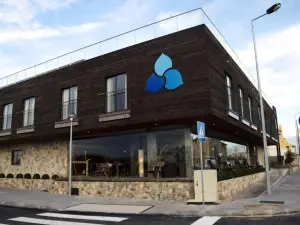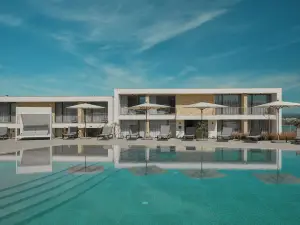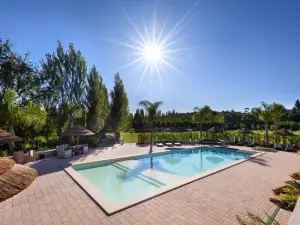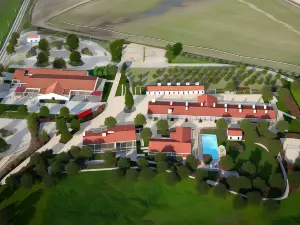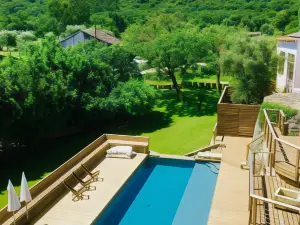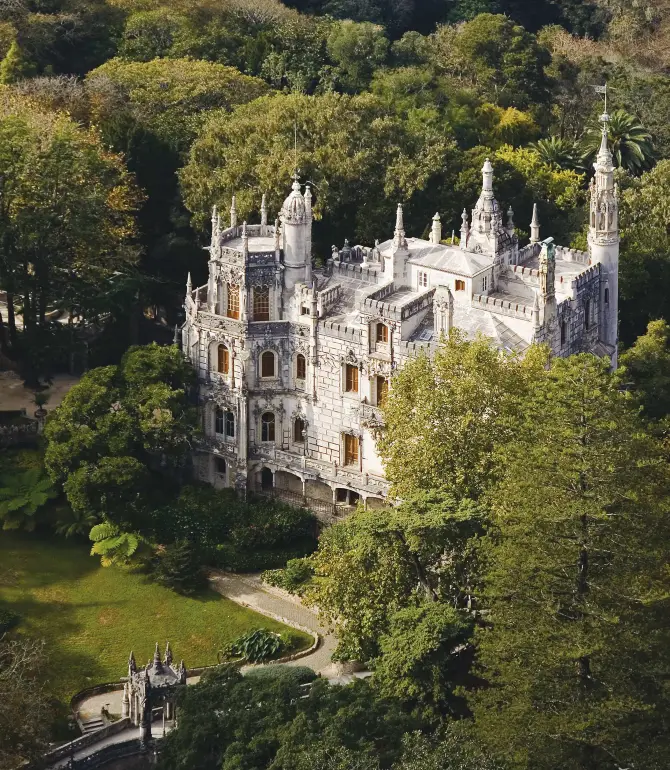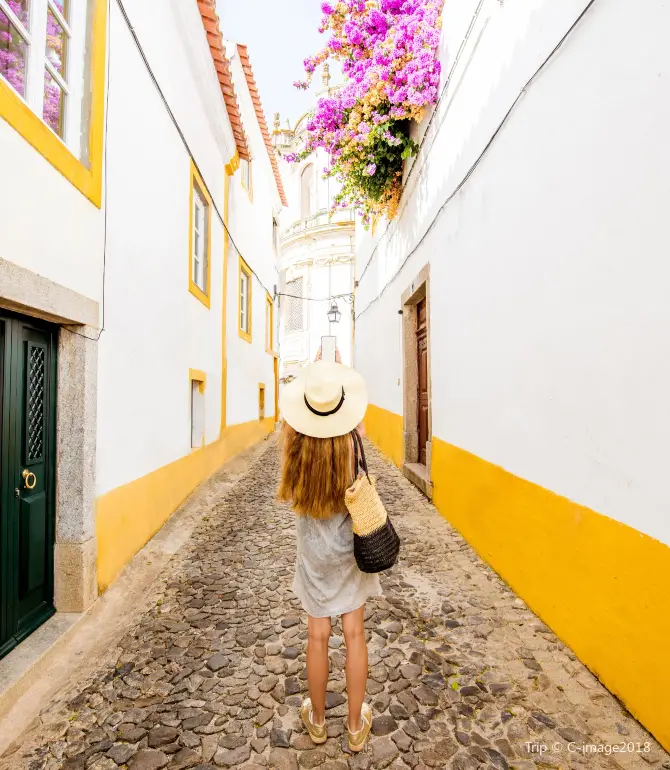Lisbon Travel Guide 2025: Top Attractions, Things to do & Itinerary | Trip.com | December, 2025
About Lisbon
Recommended trip: 2–4 day(s)
Recommended trip: 2–4 day(s)Current weather conditions
Lisbon Local Experiences Map

Trending in Lisbon
Lisbon Local Travel Guide 2025
Lisbon Brief Guide
Lisbon, Portugal’s beautiful capital, is a captivating blend of colorful tiled buildings, historic trams, and sweeping Tagus River views. Known for its seven hills, iconic Belém Tower, lively Alfama district, and fado music, it offers a rich culinary scene with pastéis de nata and seafood, plus easy access to nearby beaches like Cascais. Plan your perfect Lisbon adventure with our guide.
Lisbon Must-try local experiences
1. Discover Lisbon's Historical Gems Explore Lisbon's iconic landmarks like the Jerónimos Monastery and Belém Tower, both UNESCO World Heritage sites. Ride Tram 28 through historic neighborhoods for a glimpse of daily life and picturesque streets. 2. Wander through Alfama Stroll through Alfama's narrow streets, discover hidden gems, traditional Fado houses, and enjoy views from Miradouro de Santa Luzia. 3. Experience the Soul of Fado Immerse yourself in Fado music at intimate houses in Alfama or Bairro Alto, enjoying live performances with traditional Portuguese cuisine. 4. Celebrate Lisbon Carnival Experience the vibrant Lisbon Carnival in February with colorful parades, music, and dancing, enjoying the city's lively atmosphere. 5. Savor Lisbon's Culinary Delights Indulge in Lisbon's cuisine with Pastéis de Nata, fresh seafood, and grilled sardines, reflecting Portugal's coastal heritage. 6. Find Treasures at Feira da Ladra Explore Feira da Ladra, Lisbon's oldest flea market, for antiques, vintage clothing, handmade crafts, and unique souvenirs. 7. Capture Lisbon's Charm from Miradouro da Graça Ascend to Miradouro da Graça for panoramic views of Lisbon, capturing stunning photos of the cityscape and the Tagus River. 8. Journey to Sintra's Fairytale Palaces Take a day trip to Sintra to explore National Palace of Pena, Quinta da Regaleira, and the Moorish Castle, all set in enchanting gardens. 9. Take a River Cruise on the Tagus Experience Lisbon from a different perspective with a river cruise on the Tagus River, enjoying scenic views of the city's landmarks.
Lisbon Must-see Attractions
Lisbon, Portugal's capital, is a city rich in history and culture, featuring iconic landmarks like the Belem Tower and Jeronimos Monastery, the charming ancient district of Alfama with its Fado music, the historically significant Castelo de São Jorge, and the luxurious Avenida da Liberdade, all of which together offer a diverse and immersive experience for visitors.
Lisbon Food Guide
Lisbon's food scene is a rich tapestry of flavors, featuring a variety of Portuguese wines, the iconic pasteis de nata, traditional grilled sardines, and the versatile codfish, each with deep historical roots and cultural significance, reflecting the city's culinary diversity and tradition.
Lisbon Transportation
Lisbon is easily accessible via its main airport, with efficient public transport links to the city center, supplemented by trains and buses from other European cities. By Air: Humberto Delgado Airport (LIS), also known as Lisbon Portela Airport, is located 7 km (4.3 miles) northeast of the city center, serving all commercial flights. To City Center - Metro: Upon exiting the arrivals hall at Terminal 1, turn right and follow the signs for the metro, marked by the red “M” logo. The station is located directly outside. Take the Red Line (Aeroporto–Saldanha) to downtown stations such as Baixa-Chiado or Rossio. The journey takes about 20-30 minutes. If you need to transfer, you can do so at Alameda for the Green Line or São Sebastião for the Blue Line. Trains run every 6-9 minutes, from 6:30 AM to 1:00 AM. You can purchase a Navegante card from the ticket machines (with an English language option available) and load it with a single fare or a 24-hour pass, which also includes buses and trams. You can also use contactless bank cards for single fares by tapping them at the gates. - Buses: Find the bus stop outside of Terminal 1. Lines 744, 783, and 708 connect the airport to the city center. Buy tickets at airport kiosks or from the driver onboard. - Taxis: Exit Terminal 1 arrivals and proceed directly to the taxi rank located outside, available 24/7. Metered fares to downtown are € 20-25 (extra charges apply for luggage and tolls), with a travel time of 15-25 minutes, depending on traffic. Night fares (9 PM-6 AM) are 20% higher. Ensure the meter is on and request a receipt to avoid scams. Pay with cash, credit/debit cards, or mobile payments; confirm card acceptance. - Ride-Shares: Uber, Bolt, or FreeNow pick up at the P2 parking lot (short-stay car park on the Departures floor, north of arrivals). Fares are similar to those of taxis; however, Bolt may be a more affordable option. By Train: Key stations to arrive at include Gare do Oriente and Santa Apolónia. Take a high-speed train from a major city within Portugal, like Porto or Faro, or a long-distance train from Spain. International high-speed train services connect Lisbon to cities such as Madrid, while domestic high-speed Alfa Pendular (AP) trains provide fast connections within Portugal. Tickets can be purchased via the CP website or at the station. By Bus: Sete Rios or Gare do Oriente terminals serve FlixBus or Rede Expressos from Madrid (8 hours), Porto (3.5 hours), or other regional destinations. You can purchase tickets online through the companies' websites or apps for the best fares, or at bus stations and sometimes on the bus itself.
Lisbon Where to Stay
Lisbon offers a diverse range of accommodation areas, each with its own unique charm and characteristics.
Lisbon Best Time to Visit
Lisbon’s mild climate makes it a year-round destination, with September–October offering warm, sunny days and fewer crowds, ideal for exploring hills or nearby beaches. March–May brings blooming parks and festivals, while summer is lively but busy. December glows with holiday markets despite cooler, wetter weather. Spring (March–May): Temperatures 12°C–20°C (54°F–68°F), with sunny days, occasional showers, and blooming jacarandas. Summer (June–August): 18°C–28°C (64°F–82°F), mostly sunny with long days. Peak season for festivals like NOS Alive (July) and beaches; crowds surge 20-30%, and prices rise. Book 3-4 months ahead. Autumn (September–October): Warmest at 15°C–25°C (59°F–77°F), clear skies, and fewer tourists. Winter (December–February): 8°C–15°C (46°F–59°F), rainy with shorter days. December sparkles with Christmas markets at Eduardo VII Park and festive lights. Quieter, cheaper, ideal for museums or fado bars.
Lisbon Travel Tips
1. Be Cautious Near the Waterfront: The waterfront areas in Lisbon can have strong currents and slippery surfaces. Exercise caution when walking near the water, especially with children. Always follow safety signs and lifeguard instructions, avoid unstable cliffs, and be aware of rip currents. It's safer to visit guarded beaches and avoid swimming in areas without lifeguards. 2. Taxi Safety in Lisbon: Use official taxis or ride-hailing apps to ensure fair pricing and safety. Official taxis are cream-colored or black and green. Always ensure the meter is running or agree on a price before starting your journey. Avoid set prices and be cautious of drivers offering tours. Use GPS to track your route and prefer taxis from official stands or apps. 3. Photography and Drone Regulations: Photography in many museums and historical sites in Lisbon is restricted, with some prohibiting photography or flash photography. Drone usage is regulated, requiring prior authorization from the National Civil Aviation Authority (ANAC) and adherence to no-fly zones. Drones must be flown within sight, below 120 meters, and away from crowds and sensitive areas. Always check local laws and signage to avoid fines or equipment confiscation. 4. Save Money with Lisboa Card: The Lisboa Card offers free or discounted entry to many attractions, as well as unlimited public transportation. It's a great way to save money while exploring the city. 5. Strict Smoking Regulations: Smoking is prohibited in most indoor public places in Lisbon, including restaurants and bars unless they meet specific size and ventilation requirements. Always look for designated smoking areas to avoid fines.
Lisbon Useful Guide
Portuguese is the primary language. English is widely spoken in tourist areas, hotels, restaurants, and transportation hubs due to Lisbon’s global appeal. Navigation is easy with English, with bilingual signs in key spots.
Trip.Best: Lisbon
Things to do in Lisbon
What to do
Lisbon Cathedral
Monument to the Discoveries
Lisbon Oceanarium
Avenida da Liberdade
Where to stay
What to eat
Lisbon Moments: Through Travelers' Eyes
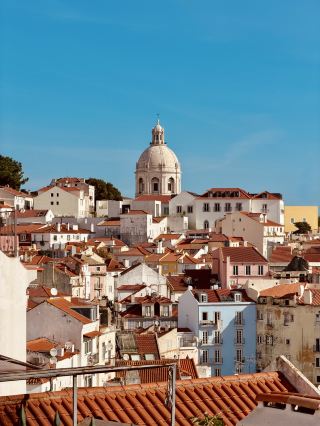
2-Day Lisbon Itinerary - Trams, Tiles & Atlantic Light Exploring Lisbon’s sun-soaked heart and historic Belem? 🌞 Here’s the ultimate 2-day adventure for city strolls, culture snacks, epic viewpoints, and foodie gold (with hacks to beat the crowds and save your sanity)! 🛏️ Where to stay Choose Baixa–Chiado for the perfect Lisbon base: walkable streets, cafés, restaurants, and classic façades all around you. For a stylish stay, look at Browns Boutique Hotels - perfect mix of design, comfort and location. 📍Day 1: The Soul of Historic Lisbon Start with Arco da Rua Augusta, then chill in Praca do Comercio’s iconic square. Head up the Santa Justa Lift for killer city views. Don’t skip Lisbon Cathedral - go inside and catch the organ for a magical vibe (open Mon-Sat). Wander to Miradouro de Santa Luzia and Miradouro das Portas do Sol for panoramic Alfama snaps. For evening magic, book a fado dinner at Casa de Fado or Fama d'Alfama. Along the way, you’ll spot Lisbon’s iconic yellow trams rattling through tiny streets — pure cinematic magic. 📍Day 2: Belém & the Age of Discoveries Grab a taxi, not the tram (rides are usually sardine-level busy). Hit Belem Tower (early for fewer Insta crowds!), the bold Monument to the Discoveries, and Jeronimos Monastery. Stop for the legendary Pastéis de Belem—these are A++ custard pastries you can’t miss. Return to the city for dinner at Time Out Market Lisboa: try the octopus and potato combo, it’s legit. 💡Getting Around & Pro Tips Stay central- Baixa Chiado is walkable and packed with options. Taxis are worth the splurge to Belem. Take photos of the trams, but skip riding unless you score a free seat. ✅ Practical Tips • Wear comfortable shoes - Lisbon is hilly with many stairs and cobblestone streets • Don’t rush - let yourself get lost in side streets, bars and tiny cafés • Try sangria or ginjinha along the way • Plan for photo stops - the city is incredibly photogenic • Lisbon is compact - perfect for slow, soulful wandering #falladventures #LisbonAdventures #BelemDayTrip #FadoNights #FoodieFinds #tripdotcom

The Portuguese Wonderland Azores, the Hawaii of Europe, is just too beautiful…

Mountain and Sea Poems: From the Secret Realm of Sintra to Cape Roca, Encountering Cristiano Ronaldo’s Coastal Luxury Residence

Travel to Portugal, a path of beauty and history

Lisbon, Portugal: The Profound and Relaxed Charm of the Sun-Drenched City

A Grand Farewell – Ending My Lisbon Trip at Praça do Comércio

Follow "Divas Hit the Road" and travel to Spain and Portugal during the flower season and April Fair

A guide to a day trip to Lisbon without any setbacks.
Best of Lisbon
About
Site Operator: Trip.com Travel Singapore Pte. Ltd.
